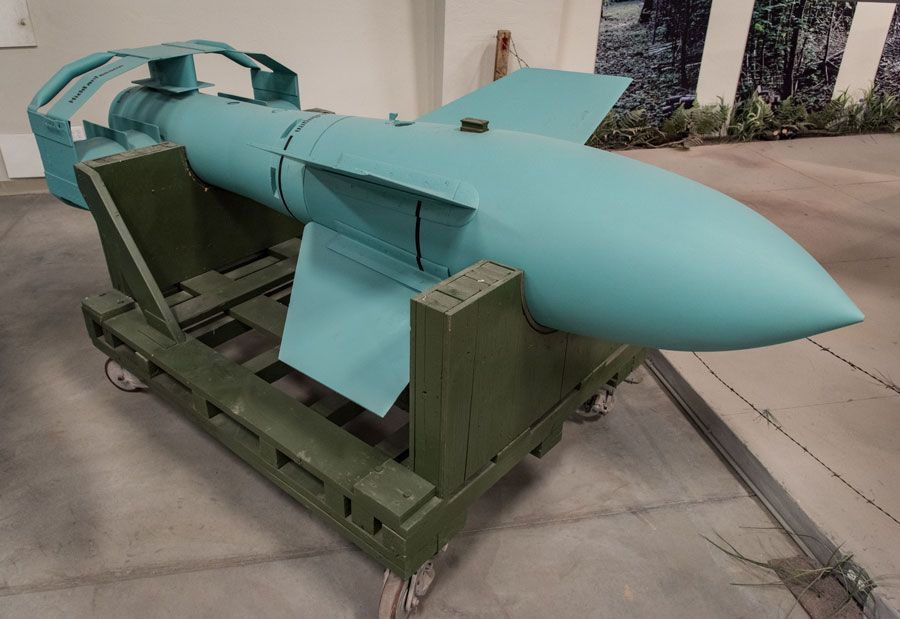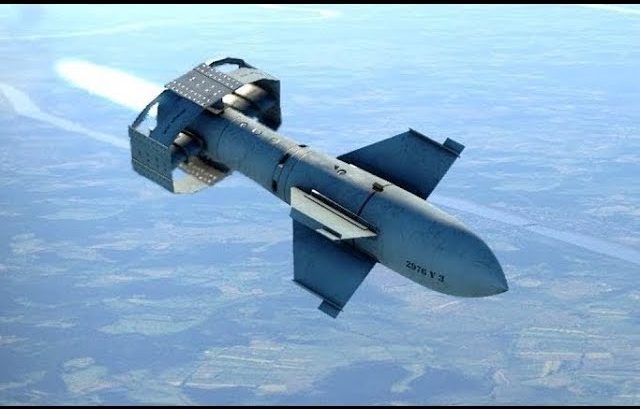It’s no secret that war leads to many technological advancements – especially in the field of military weaponry. One example of this is the Fritz X – a smart bomb developed by Germany during WWII. It was the world’s first precision-guided munition used in combat and the first ever to sink a ship. But what did it look like? How did it happen? And what was its impact during the war?
Early Development
The Fritz X was considered to be Germany’s secret weapon. After all, it was the only precision-guided munition available on the market. German officials also believed that the Fritz X would give them a significant advantage in the war, allowing them to destroy ships and tanks more effectively than before.
The anti-ship glide bomb had an aerodynamic nose, four stub wings, and a box-shaped tail unit that contained its aerodynamic controls. It was designed to be dropped from a high altitude and guided to its target by an operator in an aircraft using joysticks and radio signals. The “control aircraft” would need to hold its course and keep the bomb in sight at all times in order to control it, but this also meant that evading gunfire or opposing fighter aircraft would be nearly impossible.

Design Specifications
This WWII-era bomb was a massive weapon, especially for the time. It was 11 ft long, weighed 3,500 lbs, and was completed with an armor-piercing warhead that weighs 710 lbs. It had a range of up to 3.1 miles and could penetrate up to 130 millimeters of armor. This made it particularly effective against heavily armored targets, such as battleships.
Combat Usage
The Fritz X was first used in combat on July 21, 1943, during a raid on Agusta harbor. Sicily and Messina would also suffer from additional German attacks, not knowing that the Germans were actually using the large Fritz X bombs to deal damage.
Months later, on September 9, 1943, the guided bomb managed to hit the Italian battleship Roma twice. It hit the ship’s ammunition magazine, causing a massive explosion that sank the vessel. 1,393 men died as a result, with Roma’s sister ship Italia also suffering serious damage but managing to survive.
A few days later, another Fritz X attack happened against America’s USS Savannah during the invasion of Salerno. A single Fritz passed through the turret’s roof and exploded in the lower ammo handling room. The explosion tore a huge hole in the ship’s bottom and blew out Savannah’s fires in the boiler room, forcing it to lay dead in the water for eight hours before her boilers were relit.
KG 100, the Luftwaffe unit armed with the Fritz X, flew its last mission on September 17.

Effectiveness During The War
Although the Fritz X was not a game-changer in the war, it did have a significant impact. The bomb was very effective against heavily armored targets, causing significant damage to Allied ships during the war. In return, it forced the Allies to develop countermeasures to defend against guided weapons.
The United Kingdom began to deploy its own counter, the Type 650 transmitter, in 1944. This new transmitter could interfere with the radio link on the Fritz X by jamming the receiver’s intermediate frequency section.
Inspiring Future Tech
As the world’s first guided bomb, the Fritz X served as an inspiration for modern guided weapons. Its success in combat paved the way for the development of other precision-guided weapons in the future.



